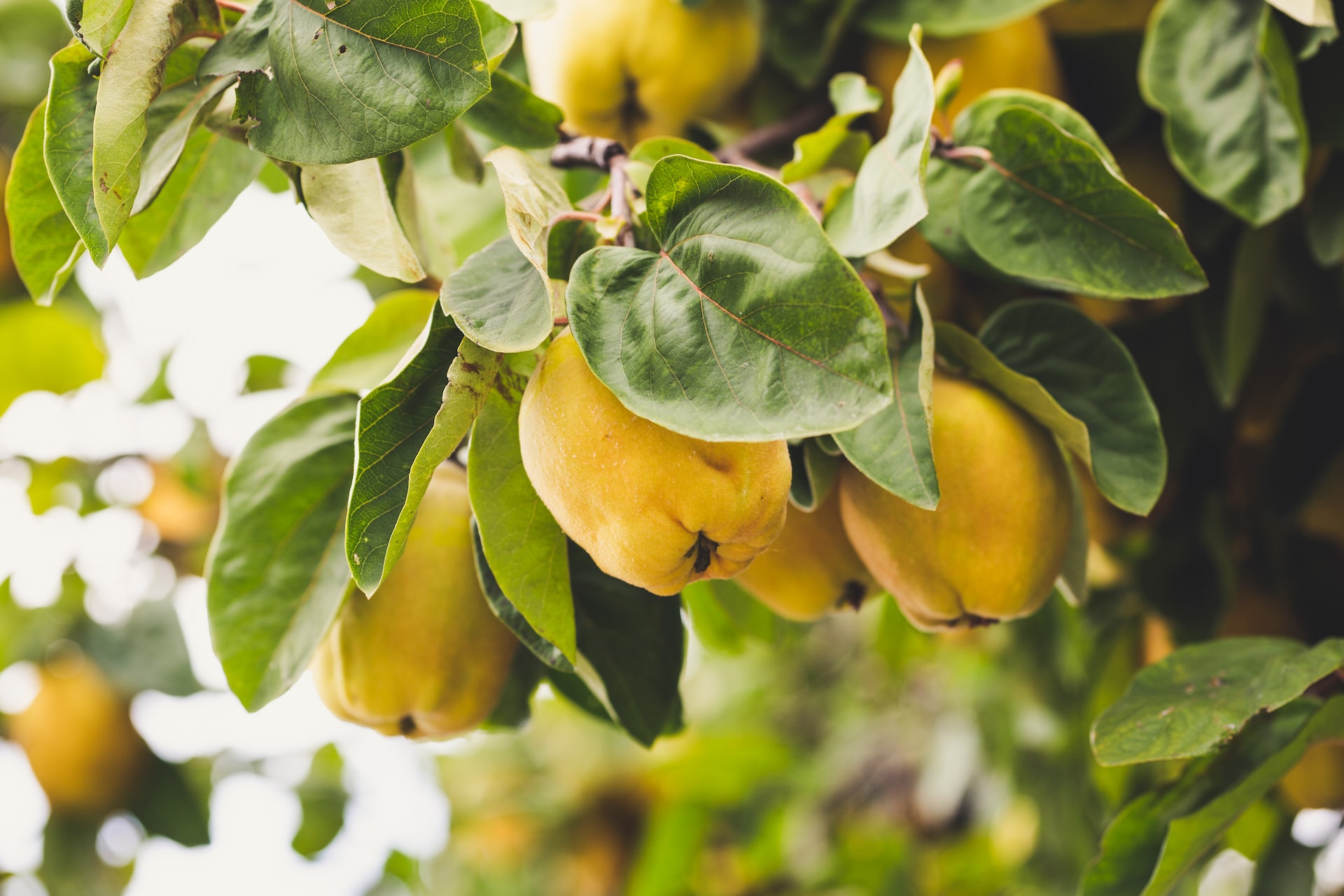Discover the Health Benefits of Quince: From Heart Health to Blood Sugar Control

Quince is a type of fruit that is native to Southwest Asia and the Mediterranean region. It has a tart, slightly sweet flavor and a firm, dense texture. In this post, we will explore the nutritional value, potential health benefits, and practical uses of quince, as well as any precautions that should be considered when adding it to your diet.
Nutritional Value of Quince
Quince is a good source of nutrients, including vitamins, minerals, and antioxidants. It contains vitamin C, potassium, and iron, as well as other trace minerals. One quince (164 grams) contains approximately:
- 118 calories
- 31 grams of carbohydrates
- 1 gram of protein
- 0.5 grams of fat
Quince is also a good source of fiber, with about 3 grams per fruit. This makes it a beneficial addition to a healthy diet, as fiber is important for maintaining regular bowel movements, promoting satiety, and potentially reducing the risk of certain chronic diseases such as heart disease and type 2 diabetes.
Potential Health Benefits of Quince
There are several potential health benefits associated with quince. Some studies have shown that quince may have the following effects:
- Boosting the immune system: Quince is a good source of vitamin C, which is important for maintaining a healthy immune system. Vitamin C helps to protect cells from oxidative stress and supports the production of immune cells.
- Reducing inflammation: Quince contains antioxidants, such as flavonoids and polyphenols, which may have anti-inflammatory effects. Chronic inflammation is a risk factor for a number of diseases, including heart disease and certain types of cancer. By reducing inflammation, quince may potentially help to lower the risk of these diseases.
- Improving heart health: Quince is a good source of fiber, which may help to lower cholesterol levels.
- Promoting healthy blood sugar levels: Quince may help to regulate blood sugar levels, making it a potentially beneficial food for people with diabetes or at risk of developing diabetes. Some research suggests that the fiber in quince may help to slow the absorption of sugar in the bloodstream, which may be beneficial for blood sugar control.
- Supporting digestion: Quince is a good source of fiber, which is important for maintaining regular bowel movements and promoting digestive health. In addition, quince contains enzymes that may help to break down proteins, which may be beneficial for digestion.
Practical Uses of Quince
Quince can be eaten fresh or used in a variety of dishes and beverages. It can be found fresh in some grocery stores or specialty markets, or it can be purchased frozen or in supplement forms, such as capsules or powders. Some ideas for incorporating quince into your diet include:
- Adding fresh quince slices to fruit salad or yogurt
- Using quince in jams or jellies
- Incorporating quince into baked goods such as pies or tarts
- Using quince as a garnish for grilled meats or roasted vegetables
- Precautions to Consider When Adding Quince to Your Diet
- Quince is generally considered safe to consume, but it is important to speak with a healthcare provider before adding it to your diet, especially if you are pregnant, breastfeeding, or have a medical condition. Some people may be allergic to quince, and it may interact with certain medications, such as blood thinners.
Fun Facts About Quince
- Quince is a member of the rose family, and its flowers are often used in perfumes and fragrances.
- Quince has a long history of cultivation, and it is mentioned in many ancient texts, including the Bible and the Quran.
- Quince is a good source of antioxidants, which may help to protect the body from oxidative stress and reduce the risk of certain chronic diseases.
- Quince is rich in pectin, a type of fiber that is often used as a thickening agent in jams and jellies.
- Quince is a natural source of ellagitannins, which are compounds that are thought to have antiviral and antibacterial properties.
In conclusion, quince is a delicious and nutritious fruit with potential health benefits. It can be enjoyed in a variety of ways and maybe a beneficial addition to a healthy diet. However, it is important to speak with a healthcare provider before adding it to your diet and to be aware of any potential precautions. As with any food, it is important to consume quince in moderation as part of a balanced diet.








